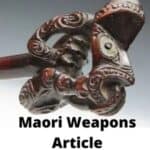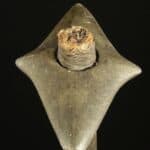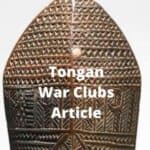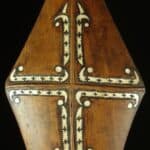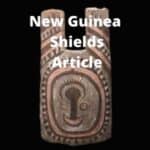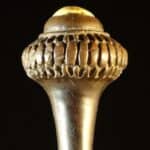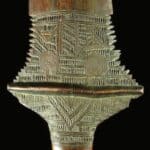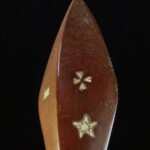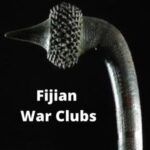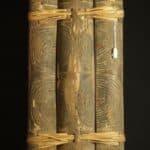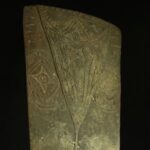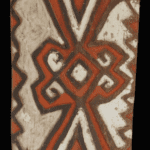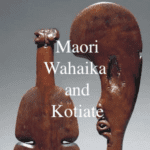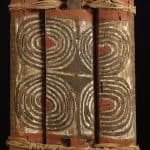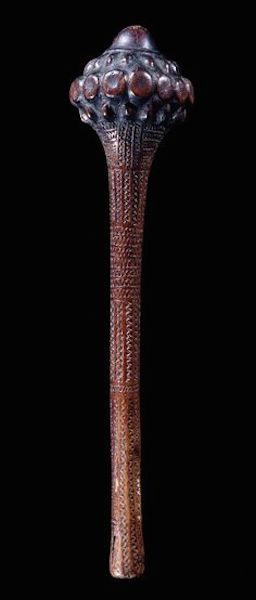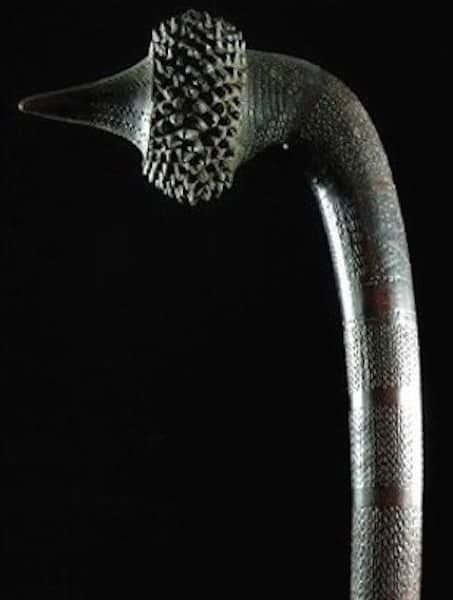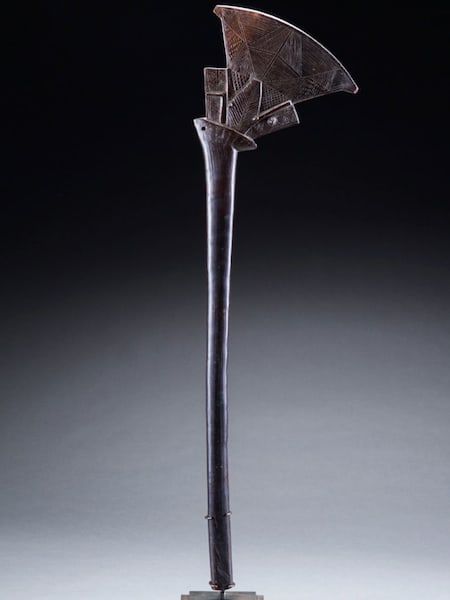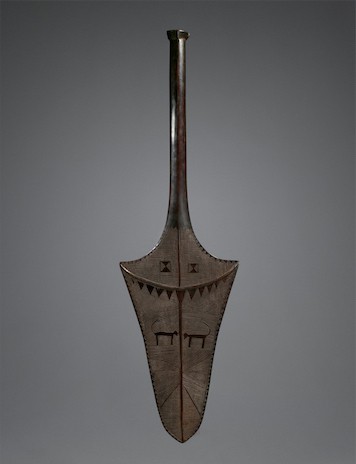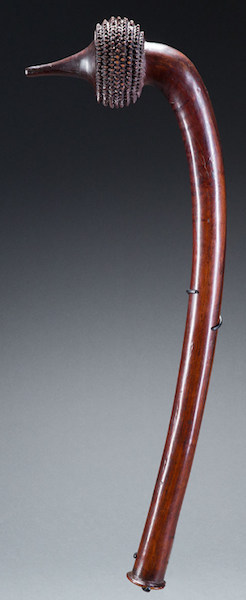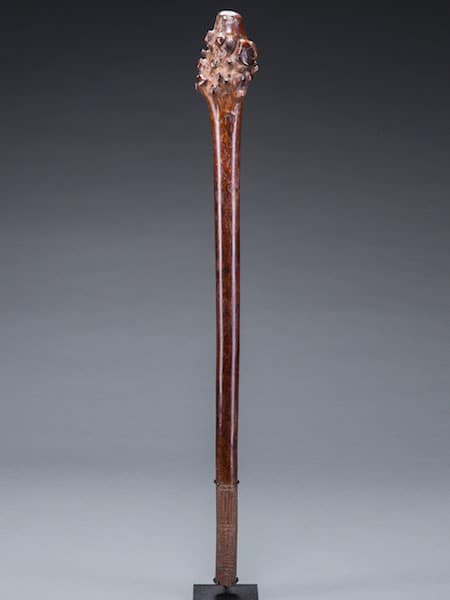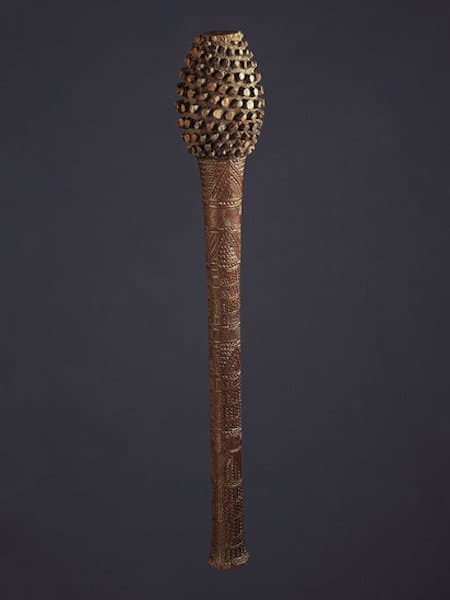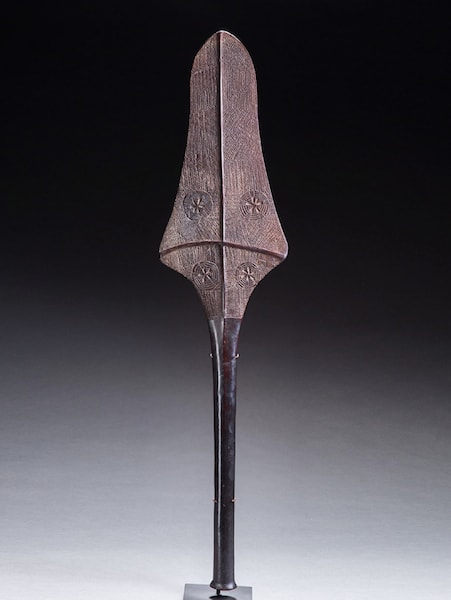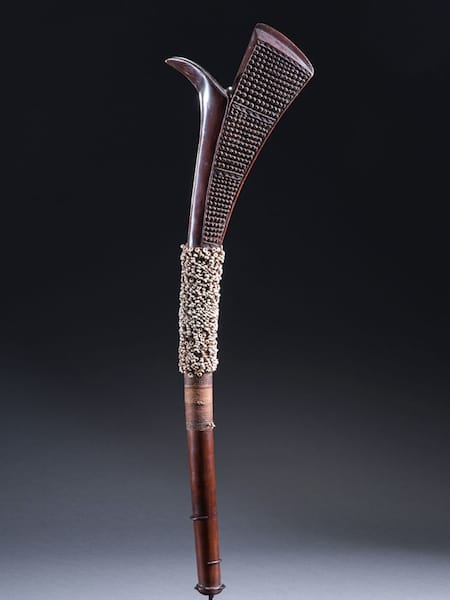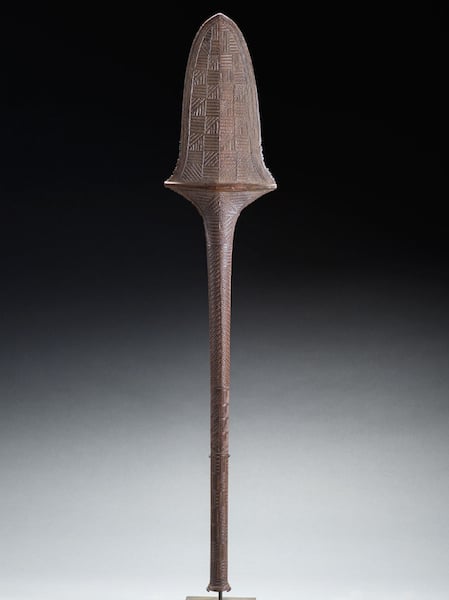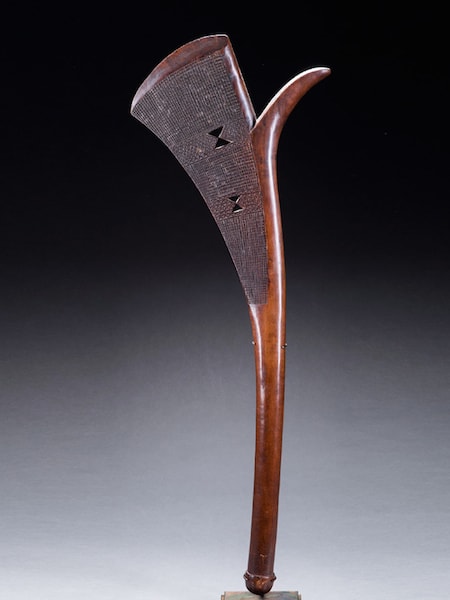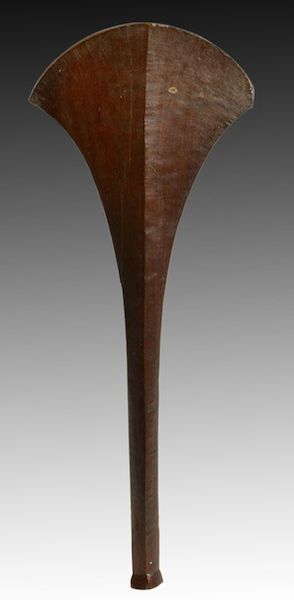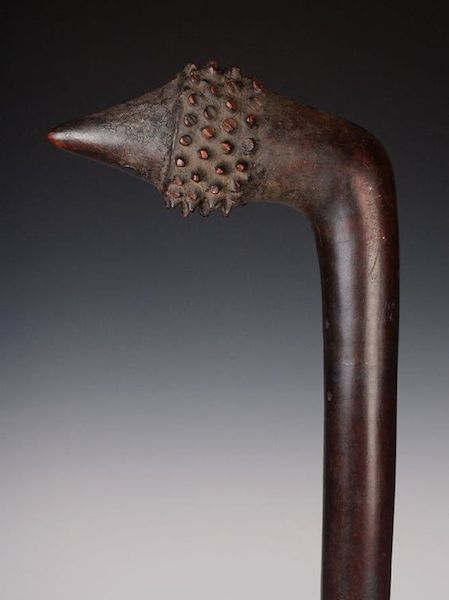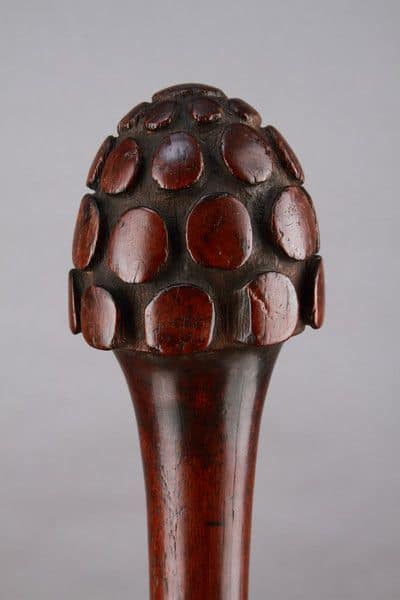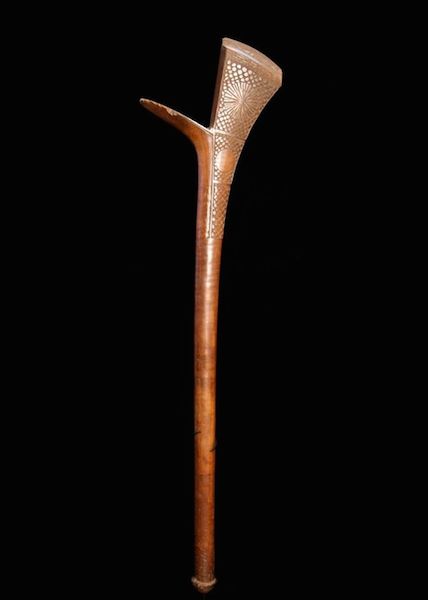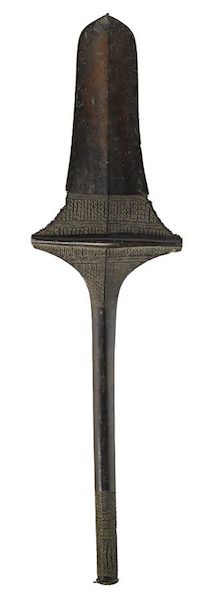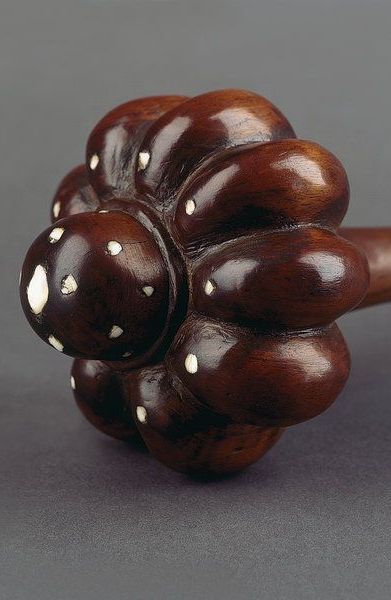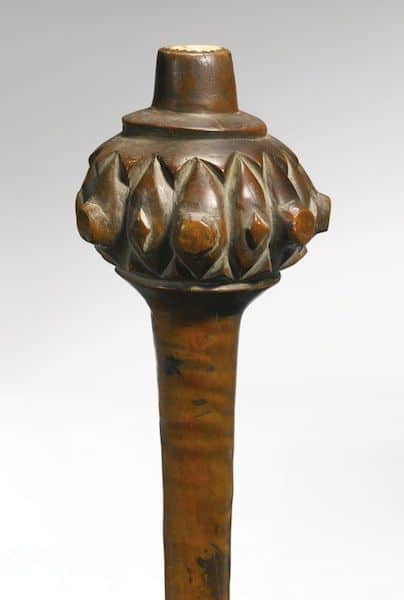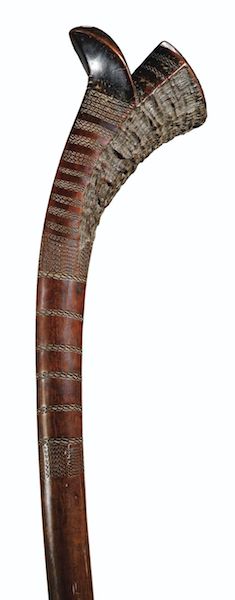Fijian War Clubs
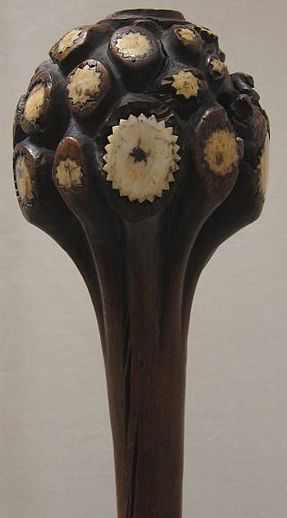
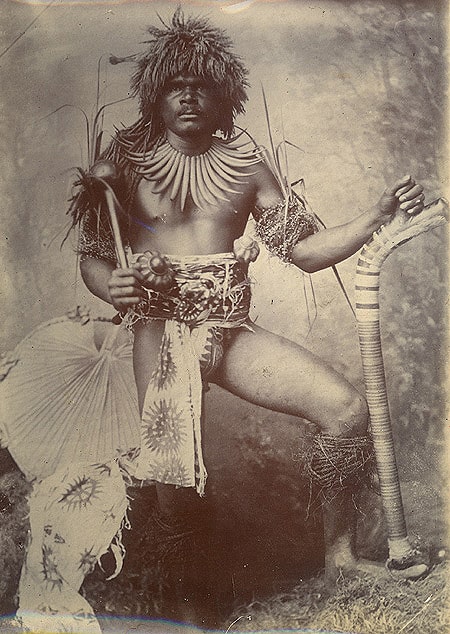
Native Weapons from Fiji
Native Weapons Fijian War Club Types

Kiakavo Fijian War Clubs

Gata Fijian War Clubs

Gata
Sali Fijian Club
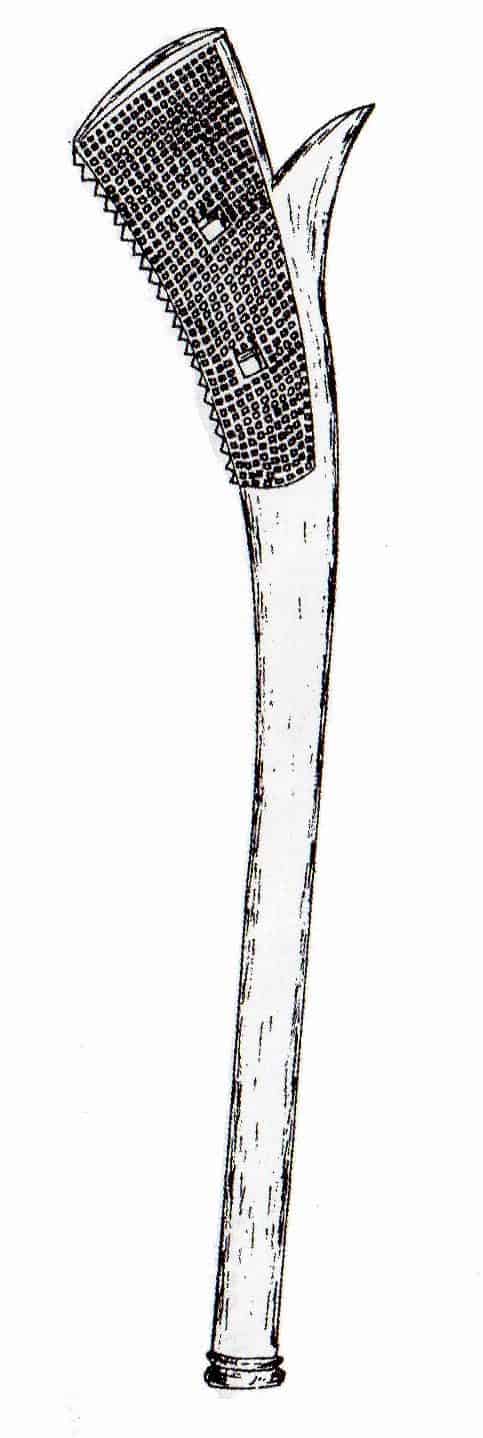
Gugu Club


Gugu
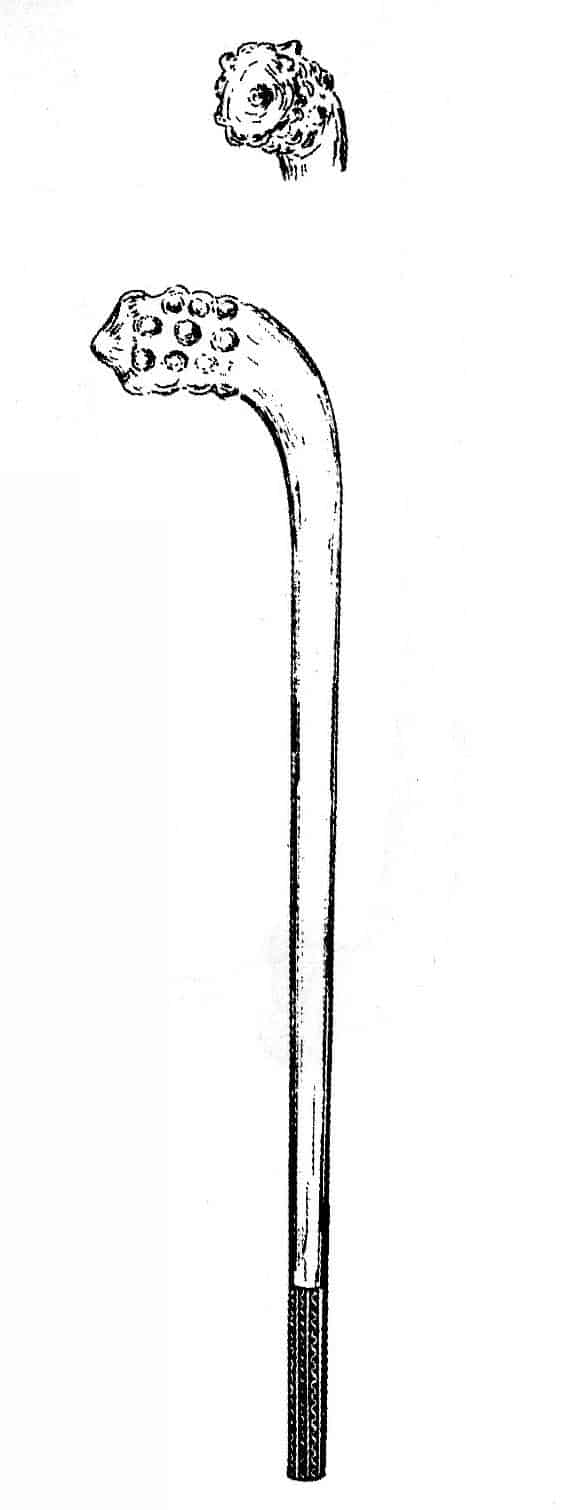
I tuki Fijian War Club
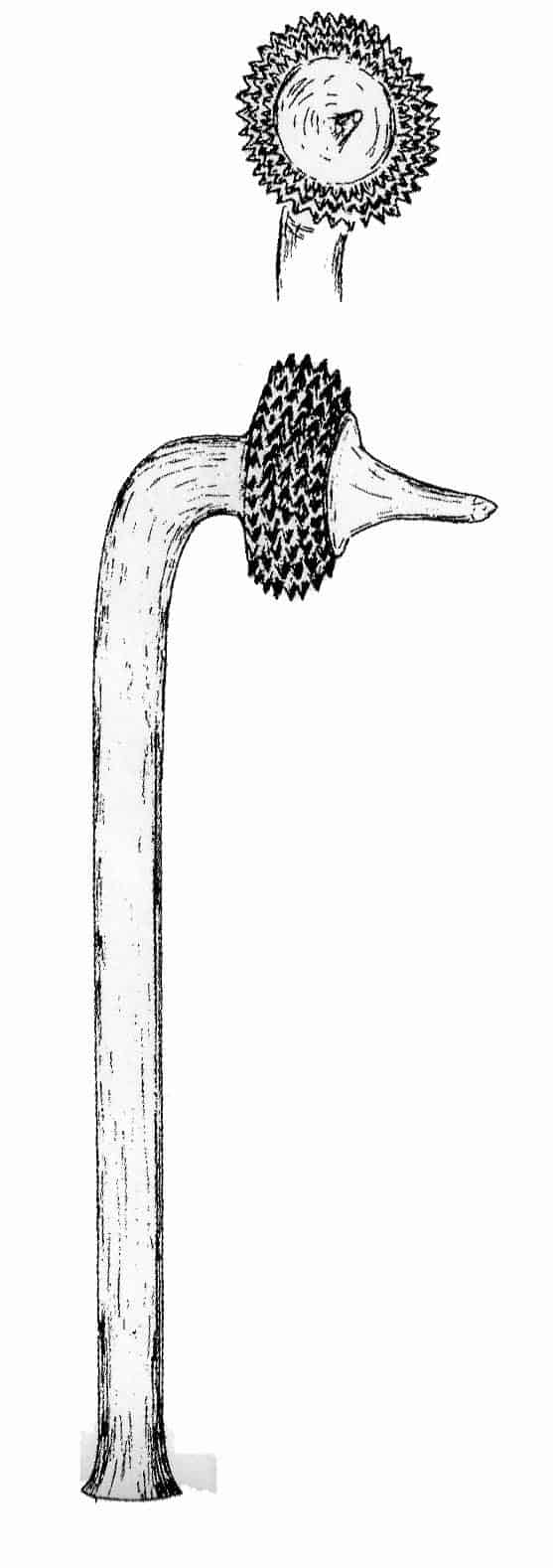
Totokia Fijian Club

Totokia
Culacula Club

Kinikini War Club


Kinikini

Dui Fijian War Clubs
A moderately rare form of Fijian Club which according to Capel in the new Fijian dictionary describes as having a broadhead shaped like a fan.
These clubs have a simple but very pleasing shape. If they have a good Patina can be very collectible.

Teivakatoga Club
Of Tongan origin, this native weapon was also used with the cutting edge. It was mainly used in the Lau islands and other areas with strong Tongan influence.
If you are interested in Tongan clubs please read my separate article.

Bowai Fijian Club
Looking much like a baseball bat they are an oversized truncheon or cudgels for smashing skulls. Some are so large and heavy it makes you wonder at the physique of the warrior who used it.
Most are not very collectable but really large examples and those with inlays are.
Gadi – A small form of one-handed Bowai that does not flare towards the end. Used as much as a wife beater as a weapon of war.

Vunikau Club
These are also called rootstock clubs. Carved from uprooted saplings the head of the club is the root ball.
Favored in open situations like grassland fights due to their reach. They were equally deadly smashing skulls or ribcages.
They are reasonably common and have to be in good condition to be collectible.


Waka Fijian Club
Bulikia club

Bulibuli Fijian War Club
Similar in form and function as a Vunikau club only the head has been carefully formed and modified.
These are a status club and are often very well carved. They were often used with an Ula of the same design

Fijian Ula Throwing Clubs
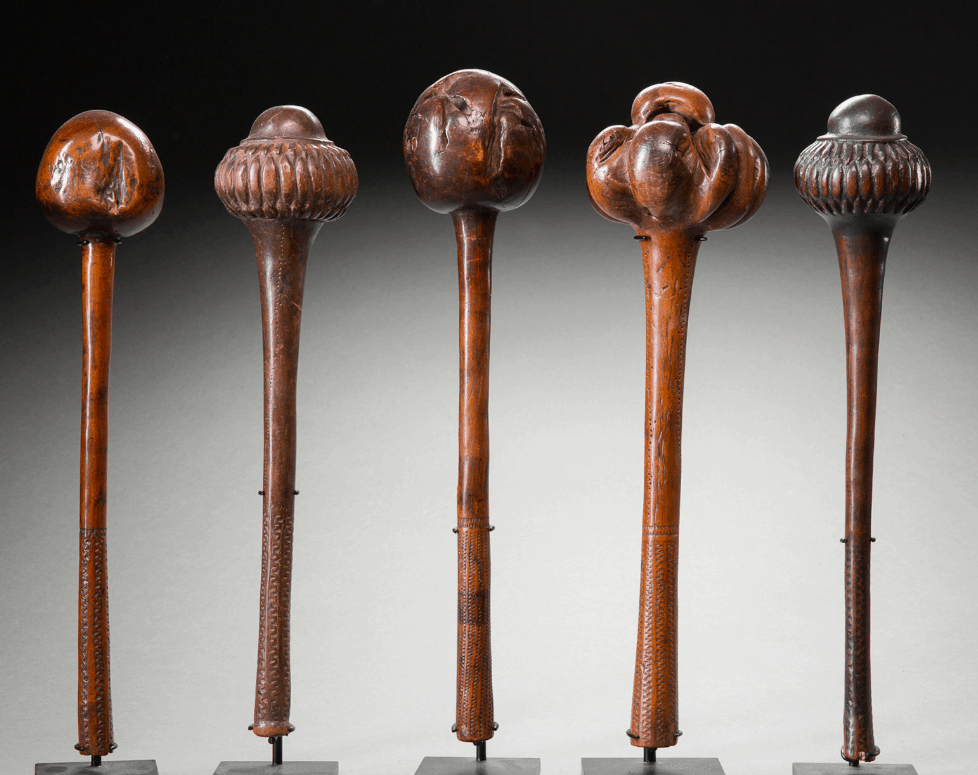
Ula Fijian War Club
Ula were for throwing at an enemy and often a Fijian warrior would have several either tucked into his belt or close to hand. It is for this reason they are the most common type of Fijian war club on the market. Ula come in many different forms.
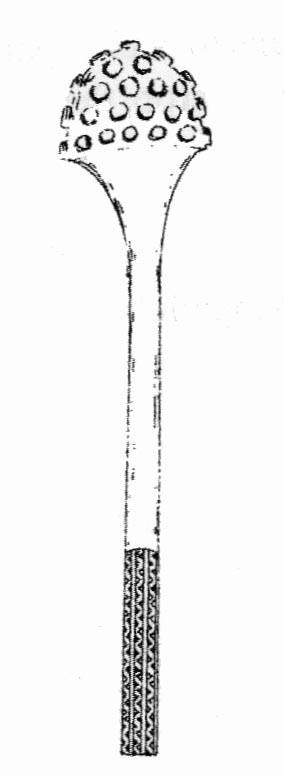
I Ula Bulibuli
A rare form of Ula made possibly as a companion piece for a Bulibuli club. Same head shape.

I Ula Kitu
A common type of Ula where the head shape is like a small coconut container or kitu from which the club gets its name

I Ula Soba
Rare form of Ula best recognized by the cross deeply cut in the head
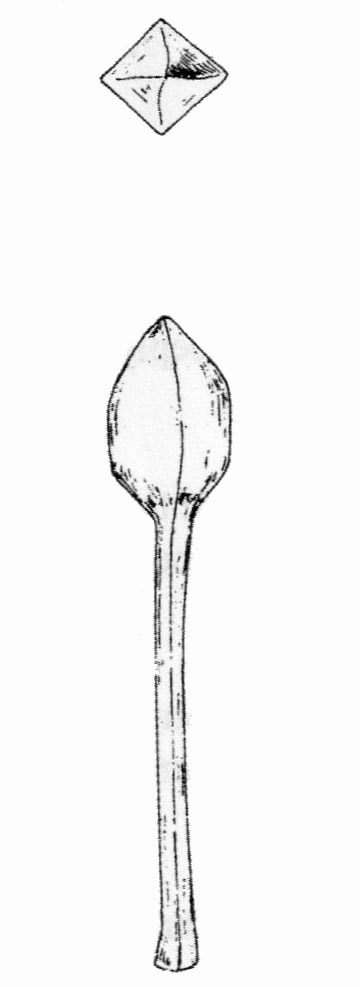
I Ula Vutu
A rare form of Ula with a squarish head in cross section.
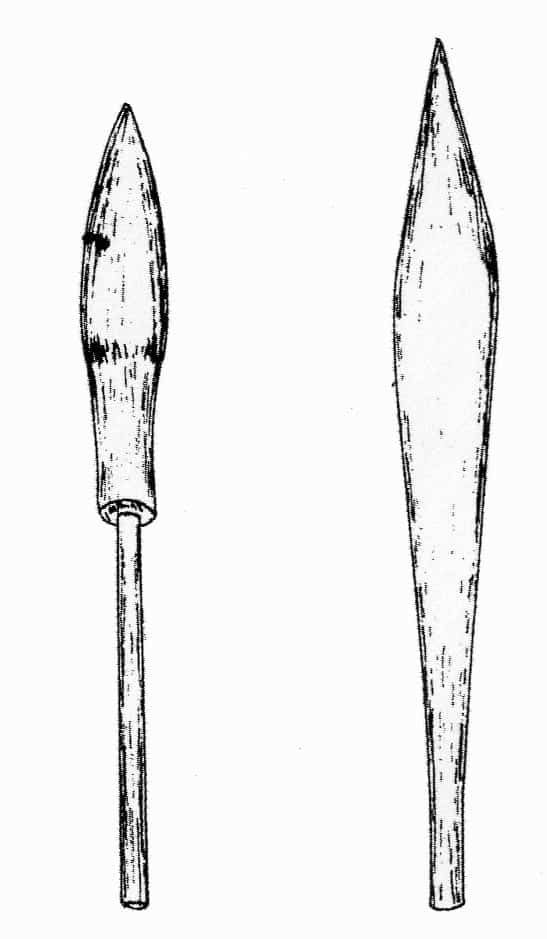
I Ula Gasau
A very rare form of Ula where the head is the shape of a tiqa dart. Their distribution was possibly restricted to the Vitilevu highlands
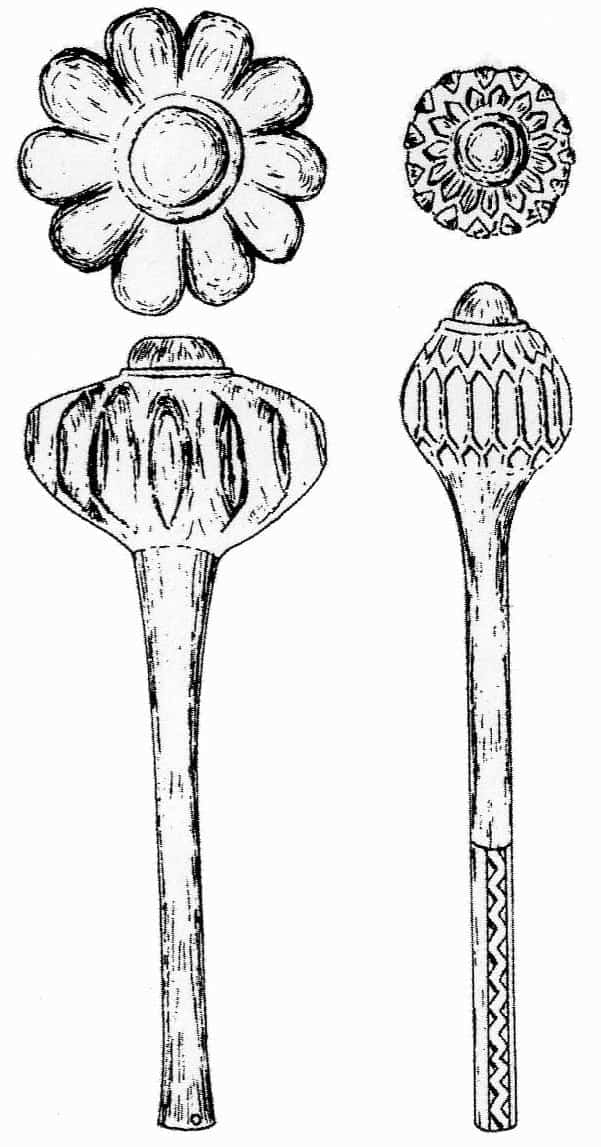
I Ula Tavatava
A common type of Ula with flanges or lobes on the head of the club
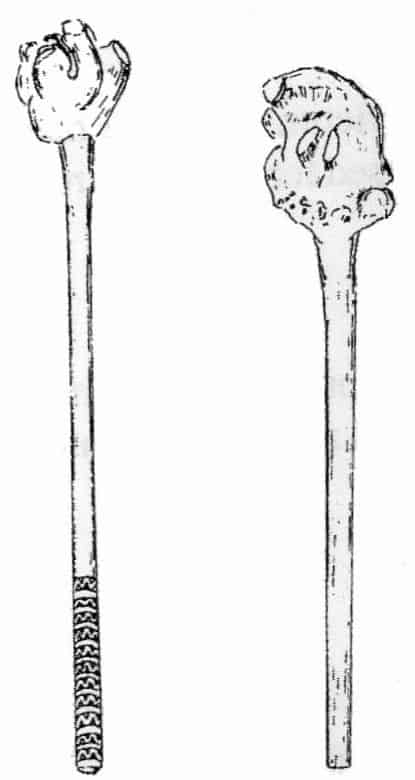
I Ula Kobo
A natural root throwing club
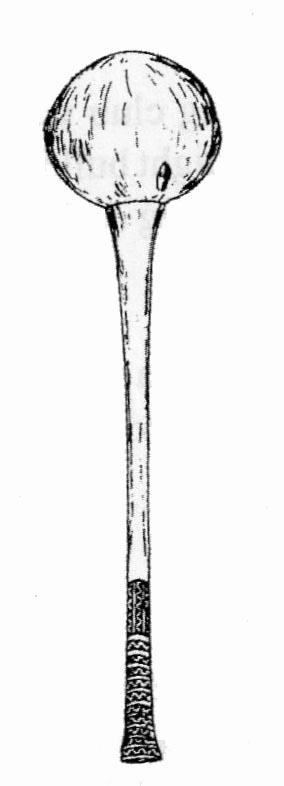
I Ula Drisia
A common type of Ula where the head is a ball shape
Unlike other Melanesian cultures like New Guinea, Fijians did not use shields but did use spears. Like the Maori of New Zealand, it was considered honorable to fight with clubs over any other weapon.
The Fijians did not only make clubs. There is a whole variety of Fijian Arts and artifacts.
If you cant find the native club you are looking for in this article it could well be in New Guinea War Clubs or Solomon Island War clubs.
References and further reading
Notes on Fijian Clubs JPS
More Weapons and Articles on Weapons
All images in this article are for educational purposes only.
This site may contain copyrighted material the use of which was not specified by the copyright owner.

